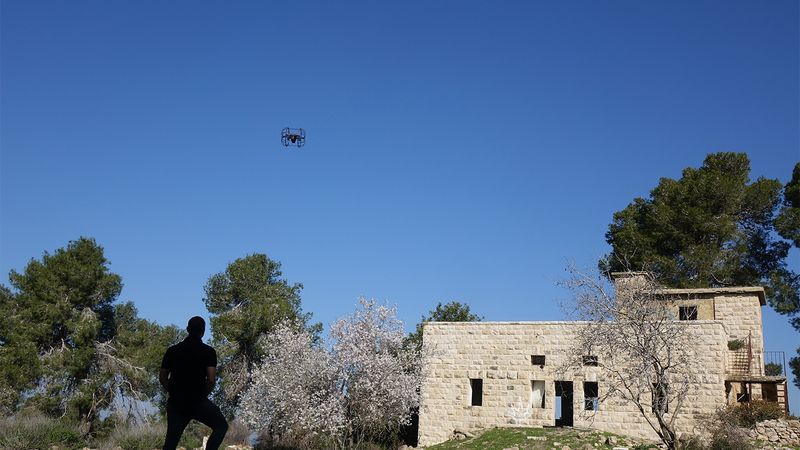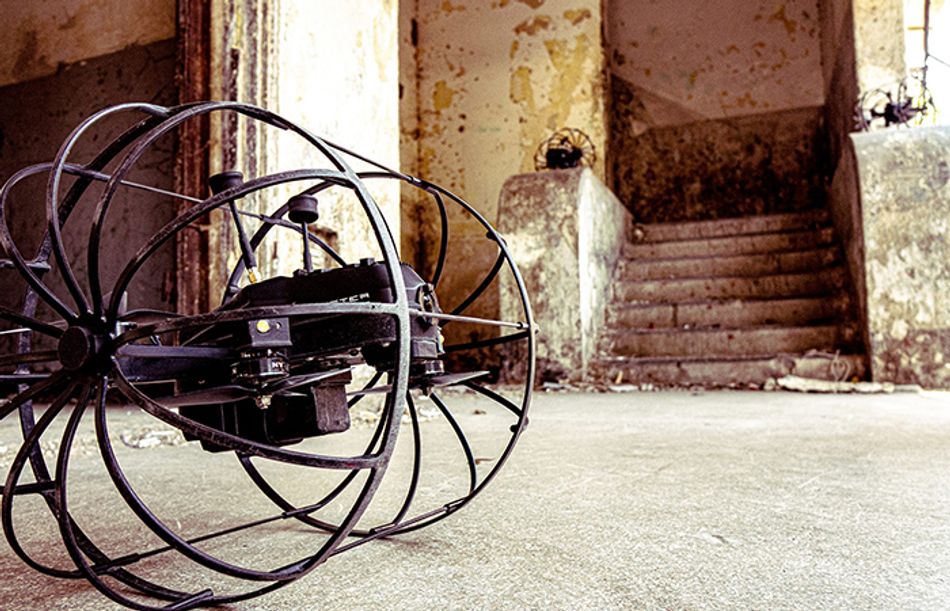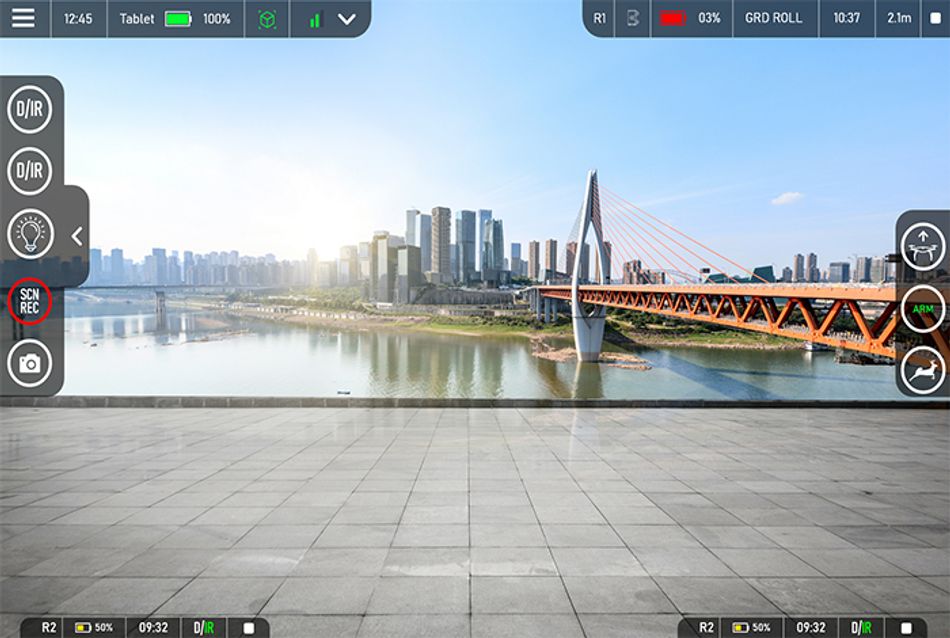Rooster Drone: Revolutionizing Search-and-Rescue and Tactical Operations
A Hybrid Robotic Drone Engineered for Precision and Resilience in High-Stakes Tactical and Search-and-Rescue Operation
Rooster Drone: Revolutionizing Search-and-Rescue and Tactical Operations
In the ever-evolving field of unmanned aerial vehicles (UAVs), the Rooster drone by Robotican stands out as a groundbreaking solution for search-and-rescue, tactical, and security operations. Engineered to be an agile, resilient, and intelligent UAV, the Rooster drone’s core capabilities enable it to perform in high-risk environments, making it an invaluable asset for defense forces and emergency response teams worldwide. Let's dive into the technical specifications and capabilities that make this drone a true innovation.
Flight In Complex Environments
Built to operate in GPS-denied environments. This system is particularly advantageous in environments with compromised visibility or structural instability, such as collapsed buildings or booby-trapped spaces.
The Rooster’s AI-driven algorithms enable it to dynamically adapt to changing environments, This capability allows the Rooster to minimize risks to personnel, providing crucial data in situations where human entry would be too dangerous.
Durable Design and Resilience
Designed with operational durability in mind, the Rooster drone’s rugged frame and flexible, shock-absorbent materials give it the resilience needed for both indoor and outdoor operations. Unlike conventional drones that may be vulnerable in confined spaces, the Rooster’s robust body structure and flexible propeller guards ensure it can recover quickly after minor collisions, allowing it to continue its mission uninterrupted.
Additionally, the Rooster’s compact design enables it to enter narrow passageways and navigate tight spaces—a significant advantage in scenarios where traditional, larger drones would be hindered.
Real-Time Data Transmission and Advanced Sensing Capabilities
Equipped with high-definition cameras, thermal imaging, and variable sensors the Rooster is capable of delivering real-time visual and thermal data to operators on the ground. This multi-sensory data provides a comprehensive view of the operational environment, enabling better decision-making under high-pressure situations. Those features are particularly useful for operations in dimly lit or smoke-filled rooms where visibility is otherwise compromised.
Simplified User Interface and Intuitive Control
Robotican has designed the Rooster with an intuitive user interface that simplifies control for operators with varied technical backgrounds. The system’s interface can be accessed on standard tablets or laptops, providing a real-time, high-definition feed and mission controls. Operators can quickly command the drone with straightforward commands or set it on an autonomous route using its way-point navigation system.
For defense applications, this ease of use translates to faster deployment and reduced training time. The Rooster’s controls are designed to be highly responsive, making it a powerful tool in fast-paced tactical scenarios where every second counts.
Compact and Ready for Rapid Deployment
The Rooster drone’s portability and readiness make it an ideal solution for situations requiring rapid deployment. With a fast setup time, it can be operational within minutes, significantly reducing the time between arrival on the scene and the commencement of the mission.
Weighing under a few kilograms, the Rooster is compact enough to be carried in a backpack and deployed by a single operator. This lightweight design, combined with its modularity, allows for easy transport and swift adjustments based on mission requirements.
Applications Across Diverse Operational Needs
The versatility of the Rooster drone allows it to support a wide range of operations. From search-and-rescue missions in disaster-stricken areas to surveillance tasks in military and police operations, its capabilities serve as a force multiplier for teams in the field. In recent military applications, the Rooster has demonstrated its unique ability to identify threats, such as detecting improvised explosive devices (IEDs) in potentially hostile environments, saving lives and improving operational outcomes.
Its usage has also extended to various emergency services, with fire departments and other first responders deploying the Rooster in challenging situations where human lives are at risk. The drone’s ability to rapidly scan a building for survivors or detect hotspots in a fire scenario has proven invaluable, showcasing its adaptability and life-saving potential.
Conclusion
The Rooster drone by Robotican exemplifies the future of autonomous drones in high-stakes environments. Its combination of autonomous navigation, durability, advanced sensing, and rapid deployment capabilities equips it to handle the complexities of modern tactical, rescue, and surveillance operations. Whether deployed by defense forces or emergency responders, the Rooster is setting new standards for UAV performance, reliability, and mission success.
As the demand for resilient, autonomous solutions grows, the Rooster drone is poised to become an essential asset in the operational toolkit of those on the frontlines, pushing the boundaries of what is possible with unmanned aerial technology.


